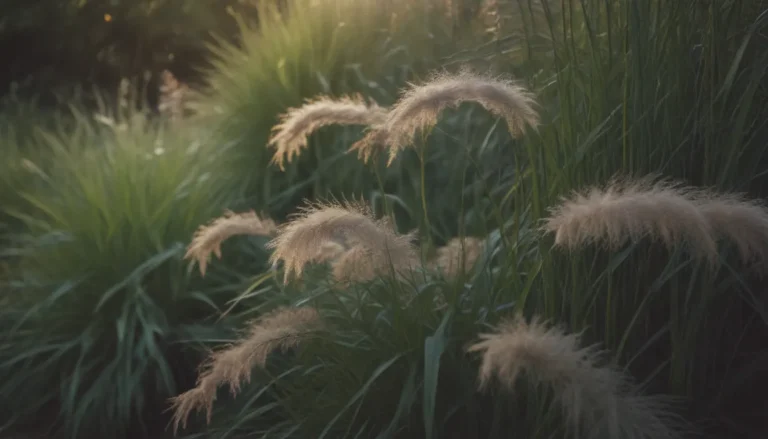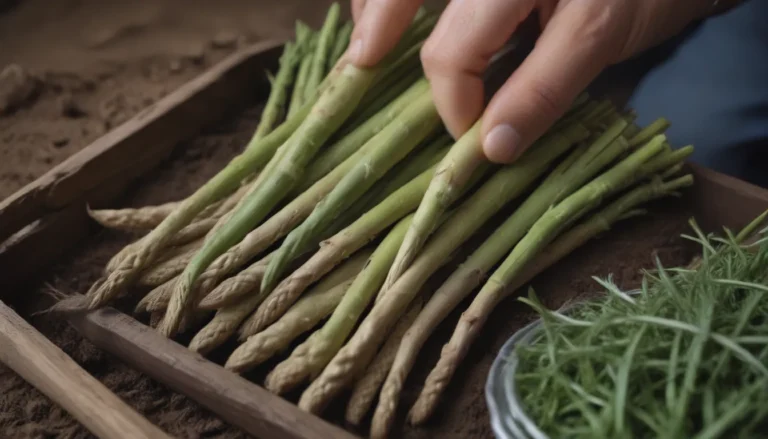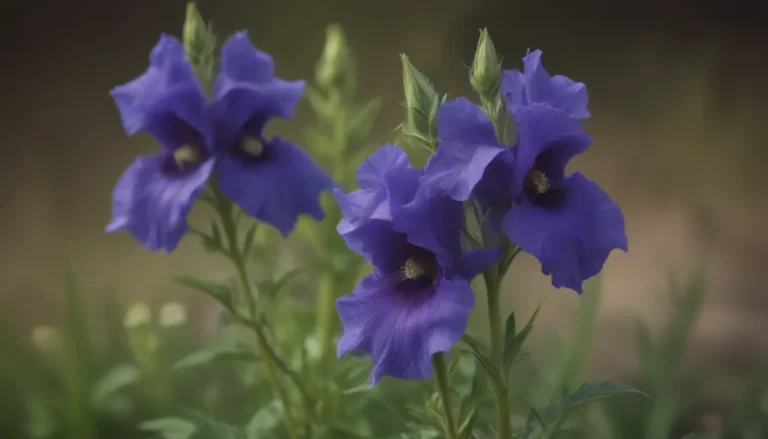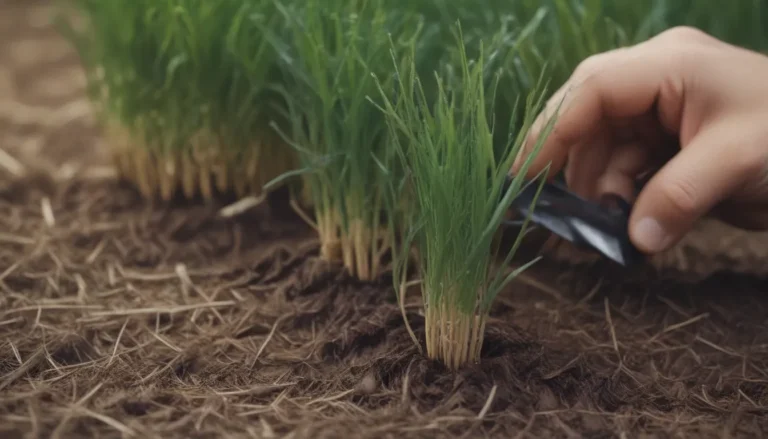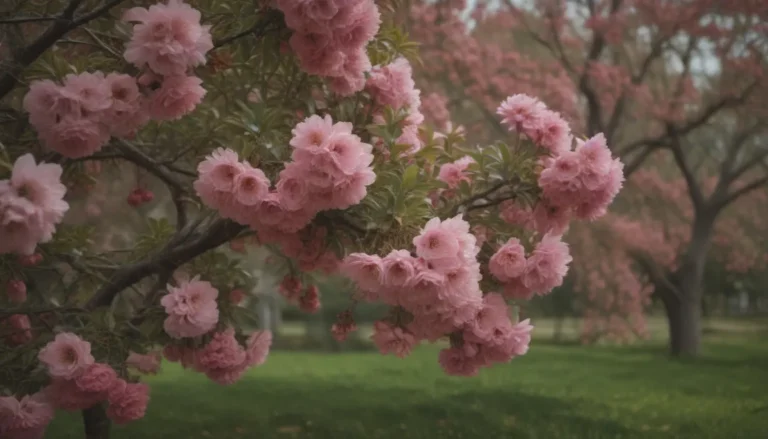The Ultimate Guide to Choosing the Best Edging Plants for Your Garden
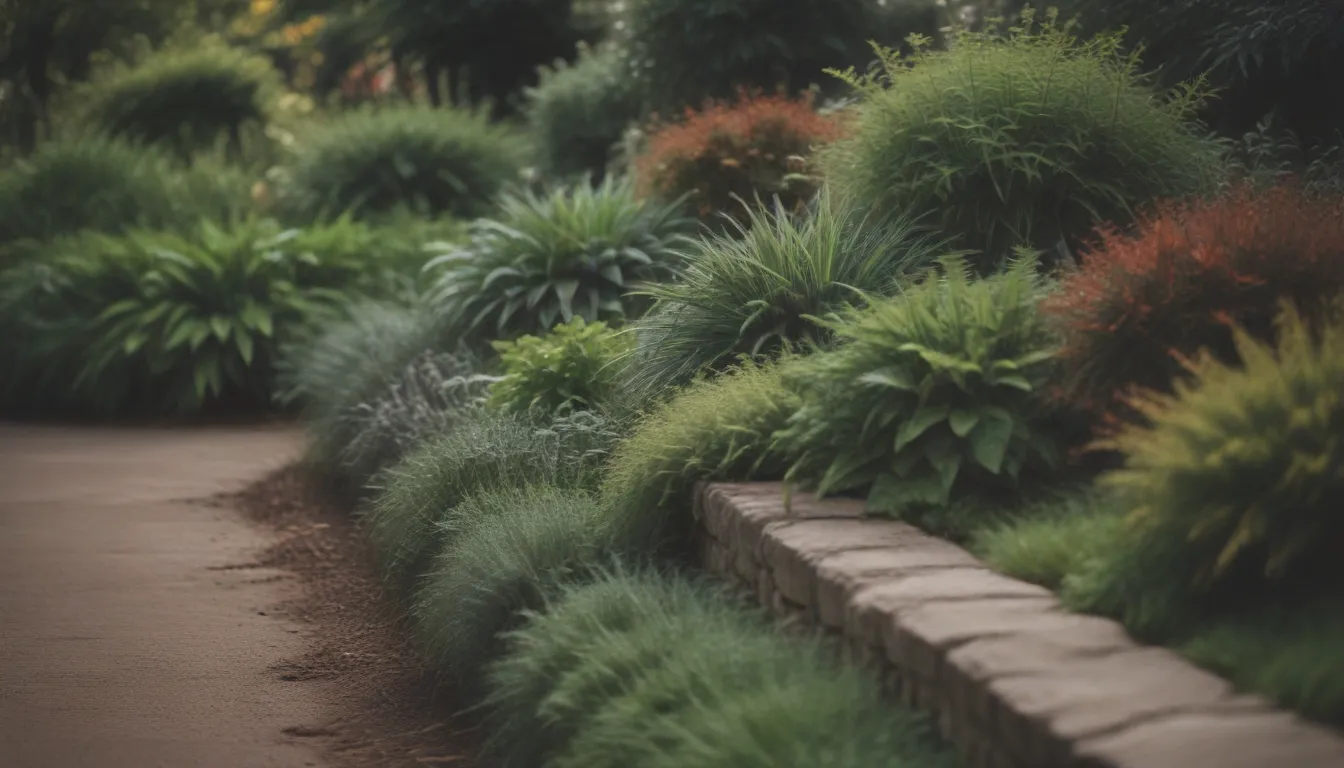
Are you looking to add some definition and structure to your garden borders? Edging plants are the perfect solution, providing a beautiful border between garden features while adding color and texture to your outdoor space. From bushes to hedges to low-growing compact plants, there are endless options to choose from when it comes to edging plants.
But with so many choices available, how do you know which edging plants will work best for your specific growing conditions? Factors such as soil type, sun exposure, and climate can all impact the success of your edging plants. In this comprehensive guide, we’ll cover everything you need to know to choose the best edging plants for your garden, whether you have shade, full sun, salty soils, alkaline soils, or acidic soils.
Edging Plants for Shade
If your garden receives limited sunlight, it’s essential to choose shade-loving plants that will thrive in these conditions. Here are some excellent options for edging plants for shade:
- Hosta: Hostas are long-lived plants with pretty foliage that work well along shady walkways or bordering flower beds.
- Begonia: Begonias prefer shady or partially shaded areas and come in a variety of colors, making them a versatile option for garden borders.
- Ferns: Ferns are water-loving plants that thrive in moist, shady environments, perfect for edging near water features.
- Impatiens: Impatiens are easy-to-maintain annual border plants that bloom from spring to fall, ideal for shady areas.
- Lenten Rose: Lenten roses bloom in late winter or early spring and are a great choice for edging in shady spots.
- Virginia Bluebells: Virginia bluebells are ephemeral plants with blue trumpet-shaped flowers that grow best under the shade of trees.
Edging Plants for Full Sun
For gardens that receive plenty of sunlight, choosing edging plants that can withstand heat and sun exposure is crucial. Here are some top picks for edging plants for full sun:
- Daylily: Daylilies thrive in full sun and tolerate drought, making them ideal for borders and edging in sunny locations.
- Lavender: Lavender is a fragrant perennial plant that forms a beautiful purple-hued hedge in full sun.
- Creeping Phlox: Creeping phlox blooms in late spring to summer with clusters of fragrant flowers, perfect for borders and landscaping.
- Moss Rose: Moss rose plants are flowering annuals that work well as edging along paved walkways or in container gardens.
- Creeping Juniper: Creeping juniper is a low-growing evergreen shrub that thrives in full sun and hot summers, ideal for rock gardens and edging.
- Marigold: Marigolds provide bold color from spring to fall and are great as border plants in sunny locations.
- Zinnia: Zinnias develop colorful flowers in a variety of shades and are low-maintenance border plants for full sun.
Edging Plants for Salty Soils
If you have salty soils in your garden, you’ll need to choose edging plants that can tolerate these conditions. Here are some salt-tolerant options for edging plants:
- Silver Mound Artemisia: Silver Mound Artemisia is a mounding plant with lacy silver foliage that is salt-tolerant and ideal for edging.
- Coleus: Coleus comes in a variety of colors and can tolerate salty soil, making it a great choice for edging in these conditions.
- Sedum (Stonecrop): Sedum plants can tolerate heat, drought, sandy, and salty soil, working well as edging plants.
- Ice Plant: Ice plants thrive in full sun and tolerate sandy, salty terrain, making them a great option for edging in salty soils.
Key Questions to Ask When Choosing Edging Plants
When selecting edging plants for your garden, it’s essential to consider a few key questions to ensure you choose the right plants for your specific needs. Here are some questions to ask:
- What is the purpose and usage of the space you are edging?
- What are the conditions of the location where the edging plants will be planted?
- Do you have broader landscape design goals or a scheme in mind for your garden?
Consider Landscape Design Goals
When choosing edging plants, it’s essential to consider your broader landscape design goals to ensure your plants fit seamlessly into your overall garden aesthetic. Elements to consider include:
- Color: Choose edging plants that complement the color palette of your garden.
- Texture: Select plants with varying textures to add interest and depth to your garden borders.
- Height: Consider the height of your edging plants to create a visually appealing border.
- Blooming Seasons: Choose plants that bloom at different times of the year to ensure year-round interest in your garden.
By carefully selecting edging plants that suit your growing conditions and landscape design goals, you can create a beautiful and cohesive garden border that enhances the overall look of your outdoor space. Whether you have shade, full sun, salty soils, alkaline soils, or acidic soils, there are countless options available to suit your specific needs. So get out there, start planting, and watch your garden borders transform into a stunning showcase of color and beauty!
